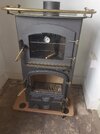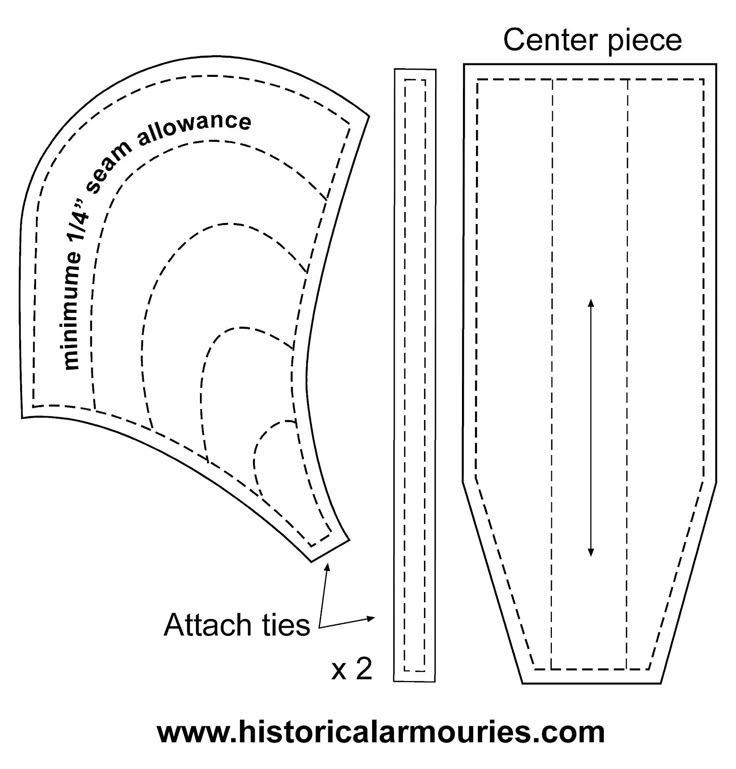mugacoffee
Jedi Master
I had a house fire in July and lost all my food preps and in accommodation while repairs take place.... but hoping it will be all repaired around chistmas. Anyway, in the mean time I've bought a 5kw stove that has a built-in oven which will be installed in two weeks time - I thought that was a cool feature, especially in Europe with fuel prices going up so much and the possibility of blackouts. The top of stove is a hot plate too. £2500 which is not bad.



